Safety Tips For Office Workers
Offices are hardly the same thing as construction sites, but there are quite a few health and safety considerations that need to be observed to create a safe and productive work environment.
You’d be surprised at just how many avoidable injuries and accidents can happen in somewhere as calm as an office, so being aware of what the dangers are and how to avoid them can go a long way.
Whether you’re a business owner, HR manager or an employee, here’s what you can do to keep everyone safe. ideas to help you plan your ultimate home workspace.
Let’s Talk Ergonomics
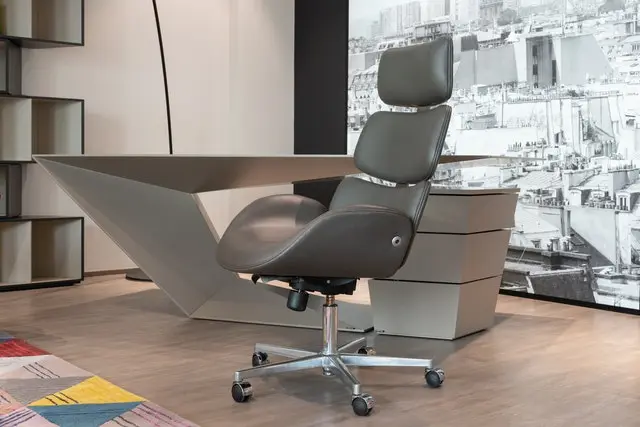
To help prevent ergonomic issues, office managers need to invest in a range of adjustable chairs, desks, keyboards, laptop stands and other posture-based technology. With just a little back support on the chairs, workers can be more comfortable in the long term.
Here are some tips that you can pass onto your team:
- Keep the chair, keyboard and monitor in a straight line with your body while working.
- Try to sit up straight as much as possible with firm back support. Maintain a relaxed position and ensure that your muscles are not being strained in any way.
- When typing, keep your elbows at a 90-degree angle, and when ready, keep your shoulders relaxed.
- Keep your mouse close to your body so you don’t have to stretch your arms and ensure that your feet are flat and firm on the floor by adjusting the height of your chair.
- Keep monitors a good distance away from your eyes (but not too far!) and don’t have the brightness too high as this can cause headaches.
Minimise Opportunities For Eye Strain

When it comes to light levels, it depends on the task. If someone is working on manual detail work, more light is better, but when faced with a screen, less brightness is recommended.
Excessive glare can be reduced by closing blinds on windows, reducing monitor brightness, positioning screens below eye level and having softer room lights in general.
A good way to fight eye strain is to take a ten-minute break for every hour spent in front of the computer. This will give your eyes a chance to rest and is a good opportunity to grab a coffee or a snack!
Slips, Trips and Falls
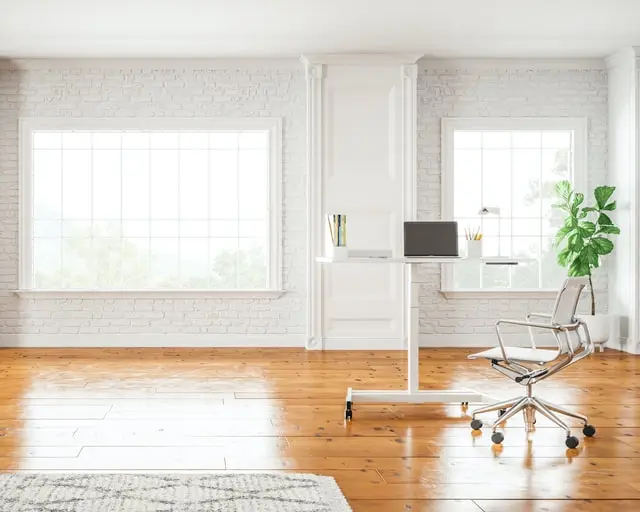
Then we have weather conditions such as snow, ice and rain which can make entries and exits dangerous for anyone passing through.
To avoid any risk of injury, office managers, cleaners and staff themselves all have to do their part. By cleaning up spills immediately, putting up signs, informing colleagues and keeping entry points clear can go a long way to keeping things safe.
Also, office managers and IT staff also need to make sure that all cables and wires are safely arranged and away from walkway areas. And finally, anything else that blocks walkways such as boxes and other equipment should to be properly stored in dedicated spaces or cupboards.
Air quality
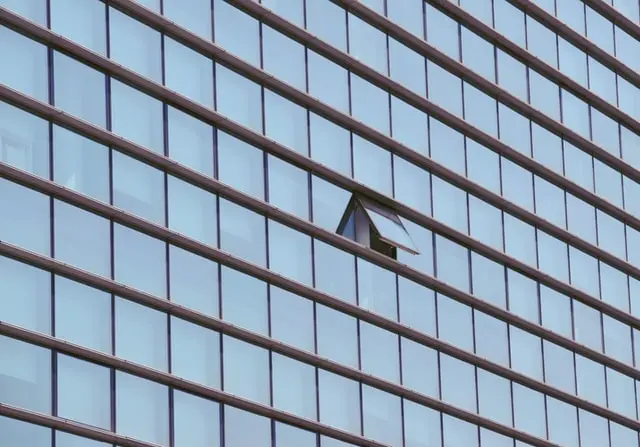
Aspects such as overcrowding, poor ventilation, water damage, mould growth, too much dust and the presence of everyday cleaning chemicals can all have an effect on the quality of air inside.
A high standard of cleanliness can also prevent the spread of illnesses and diseases in the workplace, such as colds.
Common rooms, breakrooms, restrooms and kitchens should also be regularly sanitized and good practices in regard to food disposal should also be enforced.
Improving workplace air quality takes a combination of actions, including regular maintenance of conditioning equipment, cleaning of dust and a good flow of fresh air from the outdoors, where possible.
Fire Safety
Fire safety is one of the most important aspects of health and safety to observe as it can run the risk of serious injury or even death. To help prevent any fires, office managers can:
- Regularly inspect power cords and replace any that are frayed or have bad connections.
- Ensure that power outlets are not overloaded with too many extension cords or multi-sockets.
- Only use official cables and plugs, as aftermarket or third party products may not have the appropriate safety technology built in.
- Keep objects away from fire-sprinkler heads and fire extinguishers.
- Ensure that staff are aware of fire exits and are trained on what to do when a fire alarm is triggered.
- Check that all personal heaters and fans are switched off at the end of the day.
 It’s Everyone’s Responsibility
It’s Everyone’s Responsibility
While office managers and HR staff have a large part to play when ensuring workplace safety, everyone needs to put in their personal responsibility as well.
Clean up spills, turn off equipment and keep up to date with fire safety procedures.
When everyone works together for the collective, all workers and support staff can work in a safe and functional environment.

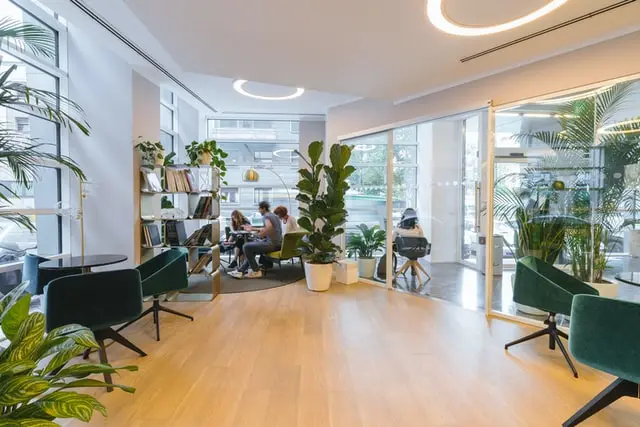
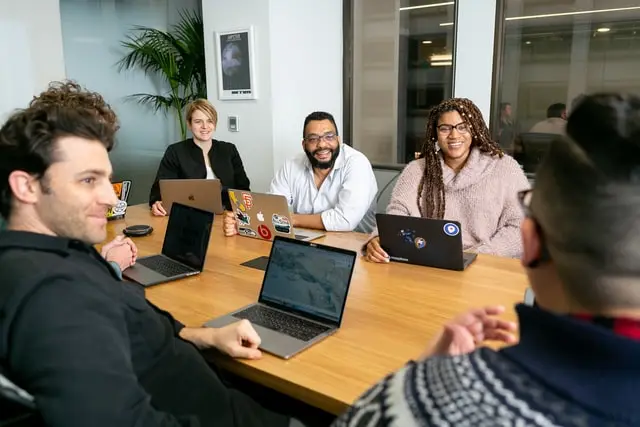 It’s Everyone’s Responsibility
It’s Everyone’s Responsibility
